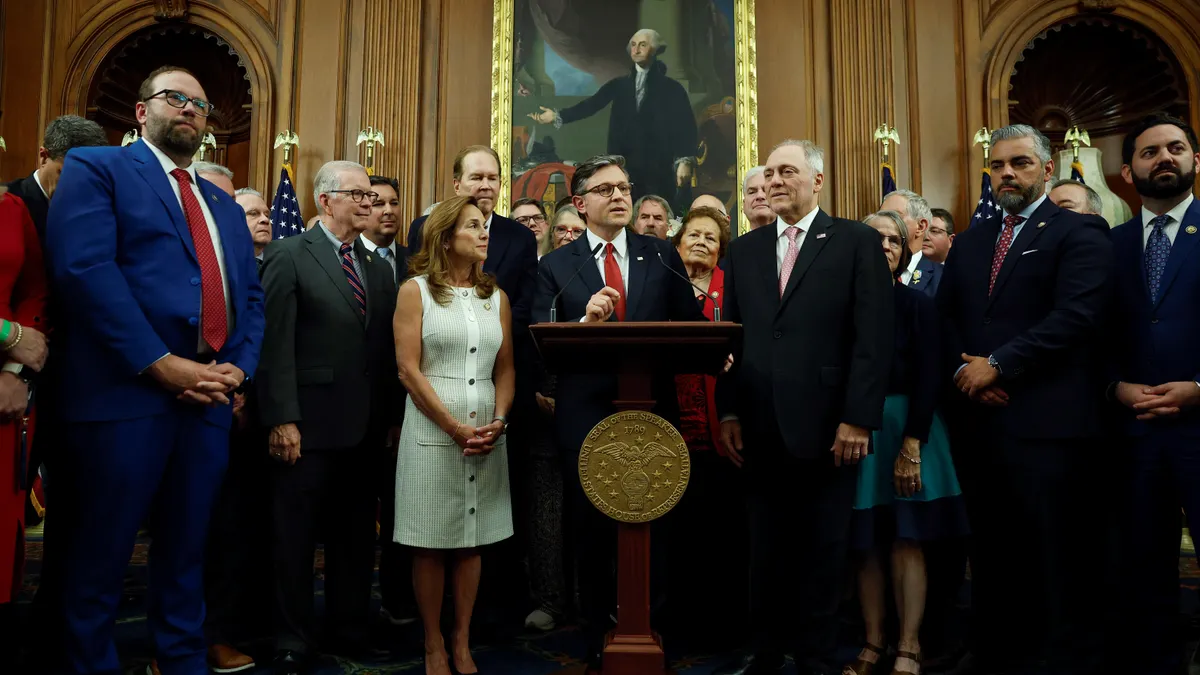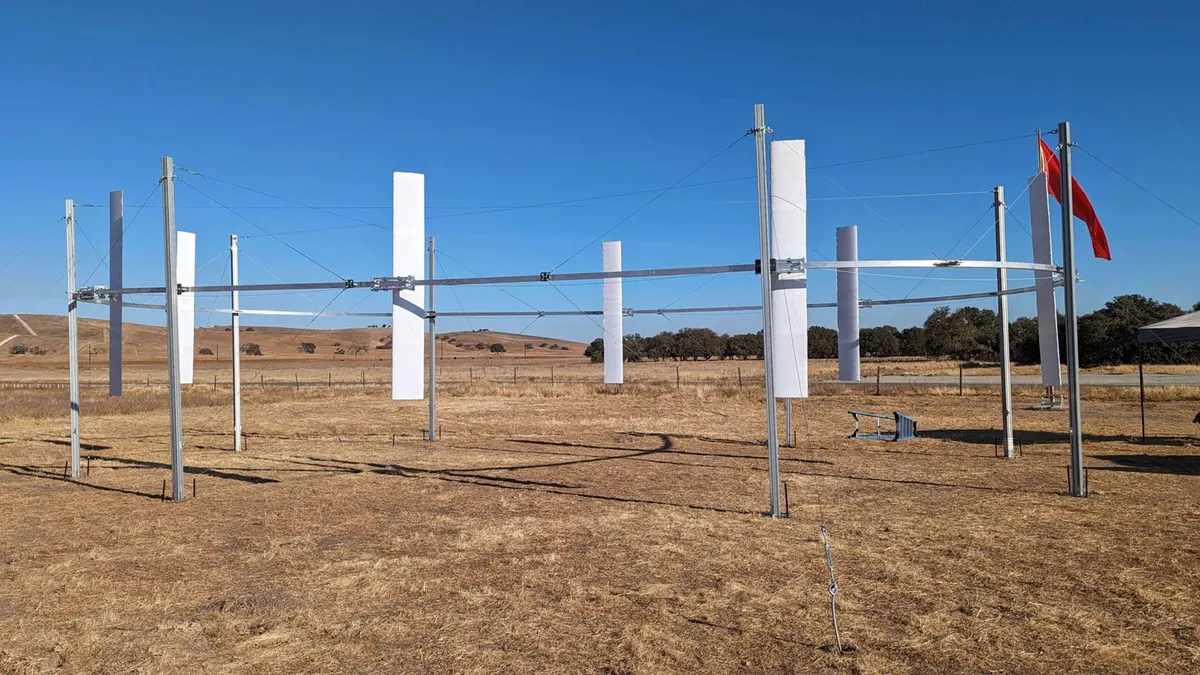The following is a contributed article by Harshit Chatur, a utility finance executive.
The opinions expressed are those of the author and do not represent the views of his company.
Transitioning U.S. electricity supply resources to 100% renewables means the end of power production from fossil fuel-based power plants such as coal, natural gas and oil. Nuclear, though carbon free, is also often targeted for resource reductions given waste disposal, the carbon footprint of fuel processing and safety hazards.
In recent years, federal, state and local politicians have increasingly introduced policies for ambitious renewable projects, including tax benefits, minimum portfolio standards, appliance and automobile efficiency standards, zoning and building codes, and many other economic policies. Policies also often create barriers or costs for fossil-fuel based power plants.
While renewable supply resources are an important and growing part of the portfolio, 100% renewable power is not feasible today in the United States. Following are a few reasons why 100% renewable power resources will not be feasible for the next few decades.
1. Solar and wind renewable energy resources are not controllable sources of power
Renewables are essentially “uncontrollable” supply resources. When the sun isn’t shining, solar panels do not produce energy. When the wind isn’t blowing, turbines do not produce either. Diminished conditions, including shading, clouds and dust for solar and light breezes for wind power all reduce energy production from renewable assets to levels below the installed capacity.
Dispatch of fossil fuel-based power plants, on the other hand, can easily be controlled, ramped up and down as needed and hence fossil plants offer great reliability, i.e., power can be produced when needed. The same is simply not possible with solar and wind power plants.
2. Solar and wind installed capacity (MW)
When designing power resources, one distinguishes between generation energy and capacity. Generation energy refers to actual power production, often measured in megawatt-hours (MWh) or kilowatt-hours (kWh), whereas capacity refers to maximum electricity output under given conditions, often measured in megawatts (MW) or kilowatts (kW).
Installed capacity of 100 MWs of gas-fired power plants produces many times the electricity energy (MWh) of the same 100 MW of solar or wind power resources. Fossil plants can and do operate with capacity factors of 80%-90%. Solar and wind power plants average capacity factors are about 20%-25%, primarily because wind and solar energy is not available all the time. This means, to produce the same amount of power as generated by a fossil power plant, we need 4-5 times the installed capacity of wind or solar capacity.
3. Storage technology must continue to evolve
One might argue solar or wind power can and should be stored using batteries for use when the sun is not shining, or the wind is not blowing. However, today, storage technologies are expensive and can only store power for short durations. Most large batteries can store power for two to six hours. Further, safety, environmental hazards and durability aspects of batteries continue to be tested and evolve. System size also needs to be scaled up so that part of total capacity can be used to supply power real-time and part can charge batteries.
4. Initial capital cost ($/kWh) of renewables is high
Over the last decade, initial capital costs of solar, wind and storage have declined significantly. However, they are still expensive compared to new fossil fuel-based power plants such as natural gas. Building a combined cycle gas-fired power plant costs around $1000/kW whereas solar and storage could cost in the range of $1500/kW to $2000/kW and a wind power plant could cost up to $4000/kW. The operational cost of solar and wind plants is, however, much lower compared to gas and this makes total Levelized Cost of Energy (LCOE) for renewables comparable or even lower than gas.
5. Grid transformation will be expensive
The U.S. power grid is a centralized system where huge quantities of power are produced at large power plants and transmitted through transmission lines to distribution systems then on to end-users. Renewable power generation has the potential to be much more distributed and require a very different grid to maintain system reliability and resilience. With a mix of renewables, storage and demand response systems, the electric grid must be much smarter, flexible and secure to meet the challenges of newer technologies, along with variable and distributed generation. Transforming the electric grid for these issues will also be expensive. Utility-scale renewables such as offshore wind, if located away from demand zones, could further increase transmissions costs.
Illustrative costs
Assume a power plant to supply power to 72,000 houses in a U.S. city where the average household consumes 1,000 kWh of electricity per month. So total consumption per month is 72,000 MWh.
This gas plant has an average capacity factor of 85%. So, the system size would be 72,000 MWh/ 24 hours in a day/ 30 days in a month /0.85 capacity factor ~ 118 MW. Assuming cost to build the plant is $900/kW, total cost for the gas plant would be $106 million.
In contrast, compare the costs of a solar plant. Sunlight is not available throughout the nights and many days. Hence the solar plant has to be combined with battery storage for nighttime energy uses. To charge the battery, the system must scale up the solar plant capacity during the day so that extra energy is stored for nights.
For simplicity, assume daylight hours and night hours are split equally. For the daylight, assume 20% average capacity factor, system needs 100/2/0.2=250 MW of solar. For night, store 72,000/2x1000/30 kWh of electricity which turns about 1,200,000 kWh. At $400/kWh initial capital cost for storage alone is $480M.
The combined system needs an additional 250 MW of solar to charge these batteries (ignoring charging/discharging losses). So, for a total of 500 MW solar with capex of $1500/kW, you need to spend $750M on the solar plant.
Therefore, for total solar + battery, you would roughly be spending $1.2 billion to supply power to the same 72,000 households. This is about 12x the capital cost of an equivalent gas power plant. The multiple will be around 10x if you account for tax incentives and subsidies (paid by taxpayers and ratepayers), but overall it is still very costly to build a solar and battery plant compared to the natural gas plant.
If we aim for 100% renewable power, it will also cost trillions of dollars to replace existing fossil fuel-based power supply with the renewable power plants and firming resources will need to be deployed when the wind isn’t blowing, and the sun isn’t shining. Further, it will have a huge impact on jobs, existing infrastructure, and the economy. Various stakeholders across the country need to decide whether these risks are worth taking.
The right mix
Looking at the stats today, renewables make up approximately 17% of the total U.S. power supply and the shift towards renewables will continue as costs keep falling. Further, with the help of government tax initiatives and other subsidies, renewables are replacing fossil plants today at a much faster rate than ever before. And in the future, there will be a tipping point, above which if we add more renewable-based power, the overall grid could become unreliable. This tipping point may vary region by region and going past this tipping point may result in blackouts.
So, 100% renewable power is not feasible today, but the country wants renewables to utilize abundant solar and wind energy and to reduce pollution which otherwise fossil fuel-based power plants would create. At the same time, fossil plants are essential to the nation’s energy security as the grid increasingly needs more control dispatch to help maintain system reliability and grid resilience.
Here's the million-dollar question, or, more accurately the trillion-dollar question — what's the tipping point that reflects efficient utilization of renewables and fossil-based power, while keeping the costs and pollution low and ensuring reliable power for the country?
The answer may not be a straightforward universal ratio as it depends on a variety of factors such as capital costs, availability of fuel, jobs, existing infrastructure and direct or indirect impacts on other industries, etc. And, even if an estimate is devised, it will continue to evolve with the continuous change in underlying drivers. Technological evolution could provide an answer in the future, but until advances in technology, such as storing power for longer duration cheaply occurs, this optimal range is what the electricity markets need to determine.





















